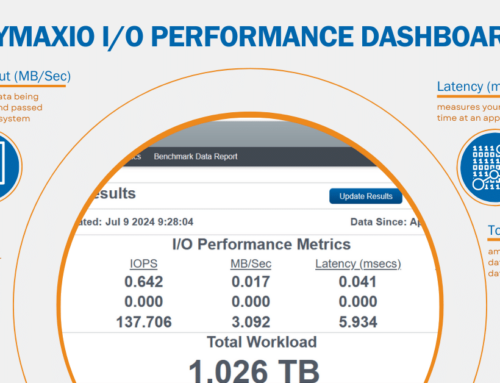[et_pb_section fb_built=”1″ admin_label=”section” _builder_version=”3.22.3″][et_pb_row admin_label=”row” _builder_version=”3.22.3″ background_size=”initial” background_position=”top_left” background_repeat=”repeat”][et_pb_column type=”4_4″ _builder_version=”3.0.47″][et_pb_text admin_label=”Text” _builder_version=”3.22.7″ background_size=”initial” background_position=”top_left” background_repeat=”repeat”]
Joe Marion is founder and Principal of Healthcare Integration Strategies, specializing in the integration of imaging technologies with the overall healthcare IT landscape. His blog (at Healthcare Informatics) covers challenges and opportunities specifically relevant to optimizing Healthcare IT initiatives.

Medical images are a significant percentage of the the world’s storage requirements, and have been predicted to encompass an even greater percentage of future storage demand. In Joe’s recent blog post he posed the question “Is Defragmentation a Boon to Healthcare IT Performance?”
In his post he includes personal observations and insight into performance implications fragmentation can incur on IT as healthcare departments themselves consolidate and standardize application use:
“With departmental solutions, there very likely was less emphasis on system tools such as defragmentation applications. Now that PACS technology is becoming more intertwined with the rest of IT, there should be greater emphasis on inclusion of these tools. In addition, server virtualization can mean that previously independent applications are now part of a virtual server farm.”
He also makes the astute observation that centralizing computing and storage magnifies bottlenecks, making a solution such as defragmentation increasingly more vital:
“The addition of disk-intensive applications such as speech recognition and imaging could potentially impact the overall performance of these applications. As data storage requirements within healthcare grow, the problem will potentially get worse. Think of the consequence of managing multiple 3000-slice CT studies and performing multiple 3D analyses. As more advanced visualization applications go the client-server route, the performance of a central server doing the 3D processing could be significantly impacted.”
You can read Joe’s blog here.
[/et_pb_text][/et_pb_column][/et_pb_row][/et_pb_section]



Leave A Comment
You must be logged in to post a comment.